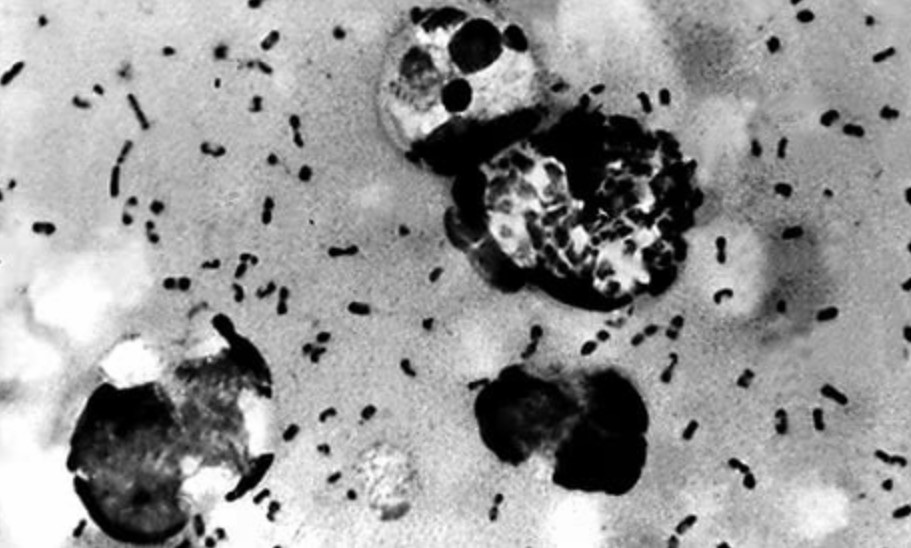It is noted that the black plague is one of the most terrible diseases; three pandemics in human history have killed hundreds of millions of people.
It is usually spread among rodents infected with the disease microbe in a natural setting. The disease spreads among animals through the bites of fleas and ticks. This is called the epizootic process. It is then transmitted to local residents who regularly live in epizootic areas or to people who work seasonally. In this case, the bubonic form of the plague is observed (bubonic plague is an infected and swollen lymph node). When the disease is detected and modern treatment measures are carried out in time, patients recover in almost all cases.
If the plague germ is transmitted through the air, it passes through the lungs, and if it is transmitted through the mouth, it passes through the gastrointestinal tract. In patients who are not treated in time, the microbe increases in the blood and causes serious complications in the form of sepsis and death.
The disease is characterized by severe intoxication syndrome, fever, damage to the skin, lymph nodes, lungs, and septic conditions.
According to the report of the Sanitary-Epidemiological Welfare and Public Health Service, there are anti-plague institutions in Uzbekistan that detect epizootics in time and prevent them from turning into epidemics.
The committee said that in order to prevent the disease from entering the country through air and land routes, sanitary-quarantine points operating day and night have been established at more than fifty border points. “Therefore, there is no reason to worry.”






